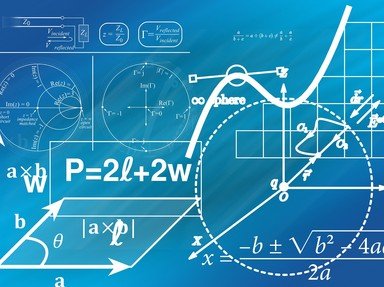Quiz Answer Key and Fun Facts
1. Let x be the positive square root of 7. Which of the following statements is FALSE?
2. Let x be the positive square root of 3. Which of the following is equal to x raised to the fourth power?
3. Let x be a cube root of 7. Which of the following is equal to x cubed?
4. How many real numbers are fourth roots of 16?
5. How many real numbers are fifth roots of 1024?
6. Let x be a cube root of 8 that is not a real number. Which of the equations below does x satisfy?
7. Let x be a fourth root of 64 that is not a real number. Which of the equations below does x satisfy?
8. Which pair of equations, when solved, give all the fourth roots of -64?
9. Which of the following numbers below is the largest? (Here sqrt(a) denotes "the square root of a")
10. Which of the following numbers below is the largest? (Here sqrt(a) denotes "the sqare root of a" and cbrt(a) denotes "the cube root of a")
Source: Author
rodney_indy
This quiz was reviewed by FunTrivia editor
crisw before going online.
Any errors found in FunTrivia content are routinely corrected through our feedback system.

